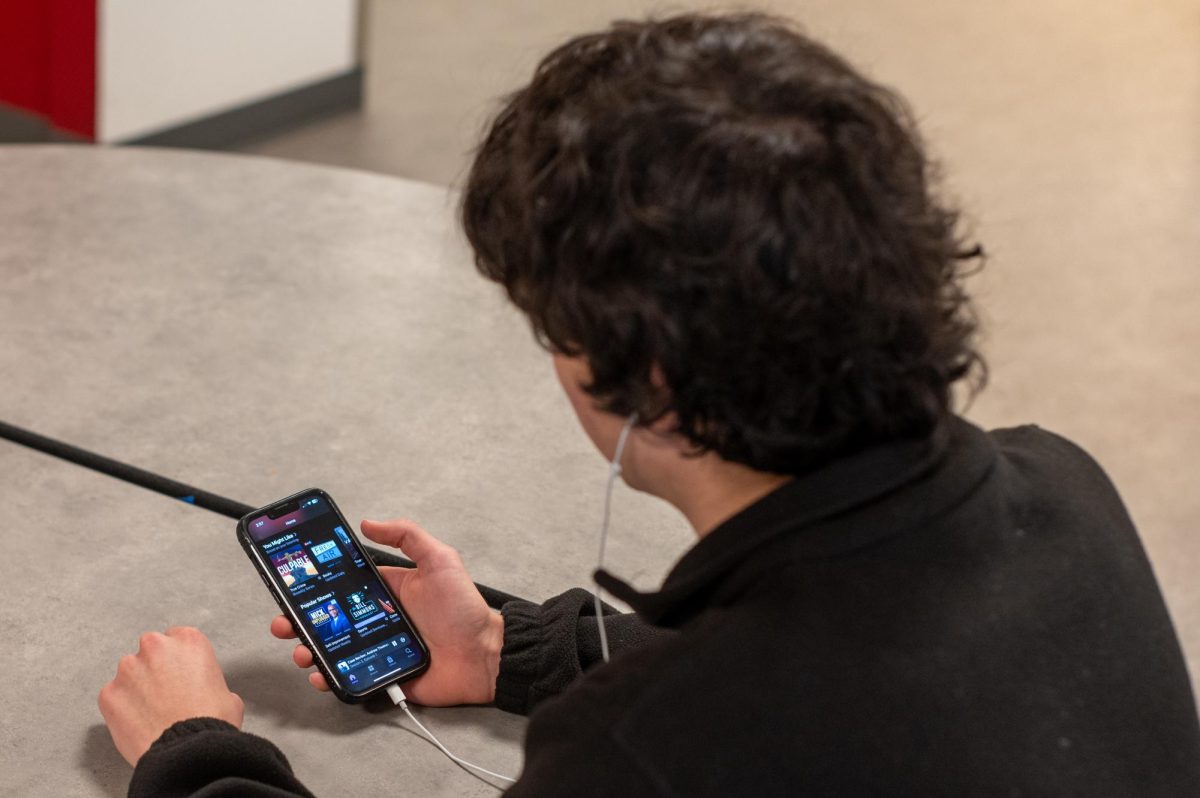Social media empowers students to engage in activism
Many teenagers view social media as an avenue for activism and leadership, despite the fact that it can often turn performative.
November 3, 2020
After a long day of school, sophomore Amelie Liu plops into her bed to scroll through her Instagram feed. The posts she taps aren’t simply pictures of coffee dates and selfies like they were a year or two ago. Today her feed shows an abundance of informational posts shared by teenagers advocating for a wide spread of issues, ranging from reproductive rights to the Black Lives Matter movement.
She reposts a couple of posts on her own story, linking each one to resources such as petitions and donation collectors. This is Amelie’s way of participating in one of the revolutionary movements of this time.
Many teenagers view social media as an avenue for activism and leadership, despite the fact that it can often turn performative. Dating back to even the Protestant Reformation in 1517, popular movements have always relied on technology, youth, and media communication to push for change, according to a late 2019 political review published by Northeastern University. In recent years, this surge in youth activism can be seen taking place on social media.
Amelie and other U-High students believe activism on social media plays an important role in increasing the exposure teenagers have to advocacy and keeping them informed.
Amelie said involving teenagers in activism early on in their lives gives them hope for the future, especially in regard to helping spread movements such as #MeToo gain steam. She also believes social media has given younger activists, such as climate change activist Greta Thunberg, a platform to spread their messages to a larger audience.
Social media makes participating in activism easier, according to senior Emelia Piane, who uses platforms such as Twitter and Instagram for civic engagement.
“It’s really easy to learn about things when you’re just scrolling on Twitter and you see something is trending,” Emelia said, “or you’re swiping through Instagram and something catches your attention on what’s going on.”
In Amelie’s opinion, not only does social media activism give teenagers a voice in general, but it also provides a platform for minorities to express their concerns.
Amelie said, “It’s usually people that are oppressed in some form who I see advocating on Instagram a lot, whether it’s women, people of color, or the LGBTQ community. I think it’s really great that such a strong platform is available for these minorities to voice themselves out, but I also wish that more people who aren’t necessarily oppressed in any way would also use their voice to show support.”
However, online activism can still seem performative and ingenuine. According to senior Destiney Williamson, it’s important that people’s true opinions are in line with what they put on social media.
“I definitely do think some social media activism is performative,” she said, “and I think people should just post stuff that they truly believe in and not just what their friends are doing or what’s seen as socially acceptable.”
Despite the occasional performative activism that you see, Emelia believes that it’s clear that social media is an extremely powerful tool that has allowed teenagers to voice their opinions.
According to Emelia, it’s incredibly important to not let the power of social media be cast aside. This ability provided by social media to reach young people in a digestible and accessible manner that provides them with tangible ways to take action is truly creating change, and shouldn’t be ignored.




























































